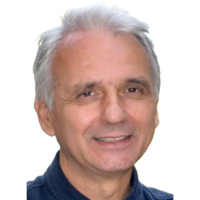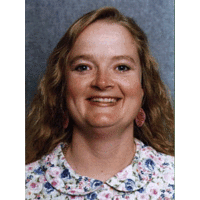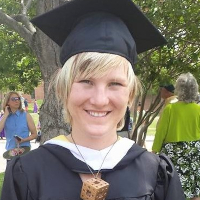Colloquium: Hrvoje Šikić (University of Zagreb, Mathematics)
339 Little Hall (The Atrium)The Eye-Lens Growth Model Biological lens in the eye of a mammal focuses light on the retina. Its shape and size is crucial for that purpose. We provide the first ever mathematical growth model of the mouse eye-lens and succeed in capturing a variety of behavior about the size of the lens, number of cells


